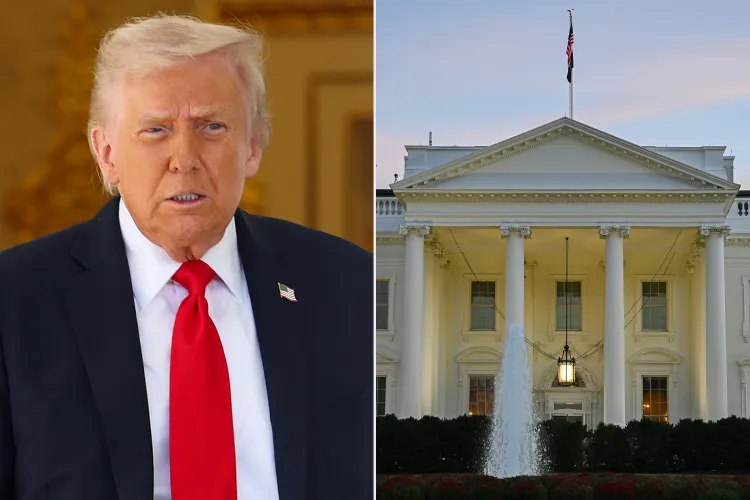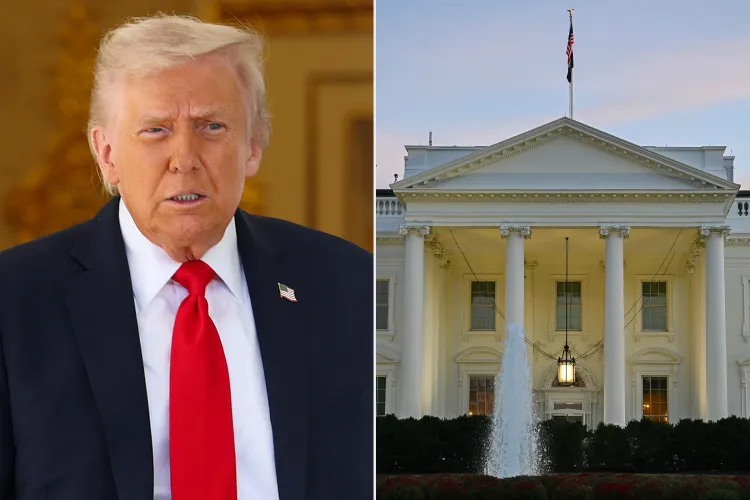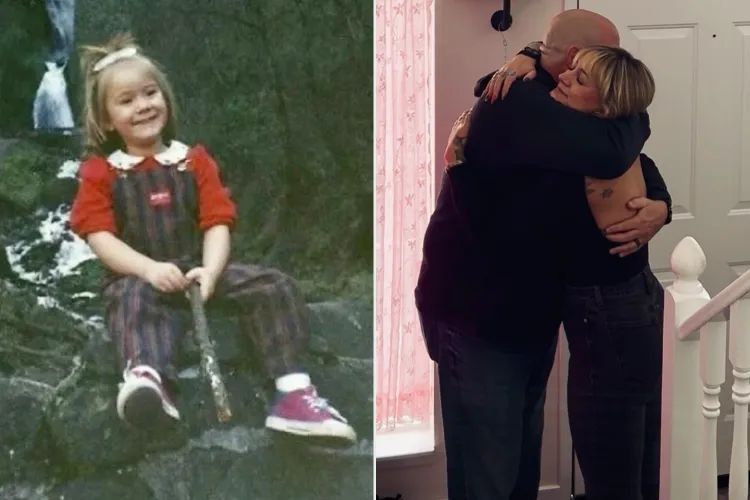White House Confirms Roosevelt-Era East Wing Is Being Demolished to Build Trump’s Ballroom — Despite His Earlier Promises
For weeks, speculation swirled around construction activity at the White House, with reports of heavy equipment, scaffolding, and sections of the East Wing cordoned off. Now, it’s official: a portion of the historic East Wing — first added during Franklin D. Roosevelt’s presidency — is being demolished to make way for a new ballroom commissioned by President Donald Trump. The revelation, confirmed by a senior White House official who spoke anonymously to The New York Times, has reignited public debate over the balance between modernization and preservation at one of the most symbolically important residences in the world.

The East Wing has long been more than a structural extension; it has been a piece of American history. Built in 1942, it served multiple purposes over the decades, housing offices for the First Lady and her staff, as well as the White House social secretary’s office. It also served as the public entryway for tours and official ceremonies. Its demolition marks the first major structural change to the White House complex in decades — one that preservationists argue should have been handled with more transparency.
The news comes as a surprise to many after Trump previously dismissed concerns that his planned renovations would affect the East Wing’s structure. During earlier press briefings, administration officials described the project as a “minor restoration effort,” emphasizing cosmetic changes and new security features. However, as photographs and eyewitness accounts began circulating online showing excavators tearing into the east-facing walls, questions about the project’s true scope intensified.
According to The New York Times report, the demolition is part of a broader renovation project aimed at modernizing White House facilities for both security and event hosting. Trump reportedly approved the ballroom’s addition earlier this year, envisioning it as a “grand venue for state dinners, presidential events, and diplomatic receptions.” Construction crews are now racing to complete the bulk of the work before the end of the month, with the final interior design phase expected to extend into next year.
Reactions have been divided. Supporters of the project argue that the ballroom will enhance the White House’s hosting capabilities, bringing it in line with other world leaders’ residences that feature similar spaces. “The White House has always evolved with each administration,” one aide said. “This isn’t about erasing history — it’s about making history.”

However, critics, including historians and preservation advocates, see it differently. “The East Wing represents continuity from one generation of leadership to another,” said historian Ellen Stokes. “To tear it down without public consultation feels like dismantling a living monument.” Some former officials, including those who worked under previous administrations, have privately expressed frustration that the decision was made behind closed doors.
In Washington, where symbolism is everything, the optics are significant. The East Wing has long been associated with the role of First Ladies — from Eleanor Roosevelt’s wartime leadership to Jacqueline Kennedy’s cultural diplomacy and Michelle Obama’s initiatives for education and health. With the wing now reduced to rubble, many are questioning what message the administration’s priorities send about the balance between legacy and image.
A White House spokesperson has since confirmed the demolition but downplayed the controversy, describing the project as “necessary modernization work.” The spokesperson added, “All historical elements are being carefully documented, preserved, and, where possible, reinstalled within the new structure.” Yet, for many Americans, seeing one of the building’s most familiar facades reduced to dust has stirred emotions that go beyond architecture.
In the end, this isn’t just about bricks and plaster — it’s about what the White House represents. Every corner of the building tells a story, and every renovation leaves a mark. As the East Wing’s walls come down, a piece of history disappears with them, replaced by something new and, inevitably, controversial. Whether it will stand as a symbol of progress or erasure remains to be seen, but one thing is certain: the conversation about preserving America’s past while building its future has never been louder.



